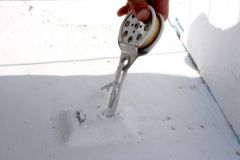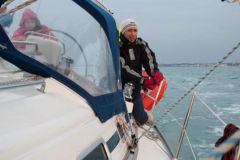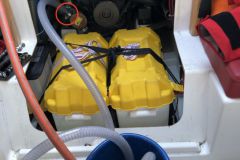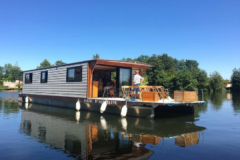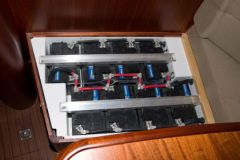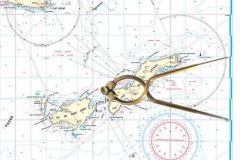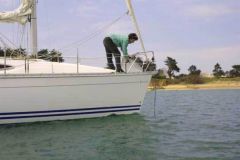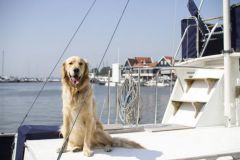1 - Use your sails as much as possible
If you are sailing a boat, use the sails as much as possible and only use your engine as a last resort. For example, for port or anchorage maneuvers.
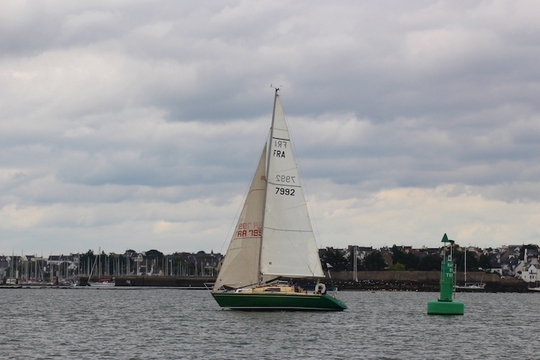
2 - Reduced speed and trim for motorboats
For powerboats, sail at reasonable speeds and throttle up only when necessary. 15 to 20 knots seems to be a good, more respectful speed range. This will reduce your fuel consumption.
Use the trim to obtain a better trim and consume less. Have your engine serviced regularly to limit pollution.
3 - Reduce your water consumption
Learn to make better use of the water on board and more broadly of the water at your disposal. For example, do not use fresh water to rinse the deck of your boat. For the sink, use a foot pump to control your flow. For information, an electric pump is 12 L of water per minute. Be careful with showers, think about using a garden sprayer to desalinate.
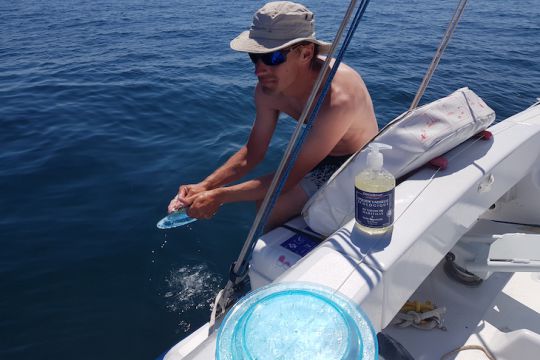
Washing dishes with water and a suitable ecological soap
4 - Do not waste
On a boat, it is often difficult to conserve. Bring the minimum necessary for fresh produce and fruits and vegetables. How many cruises end up with spoiled meat or rotten fruit?
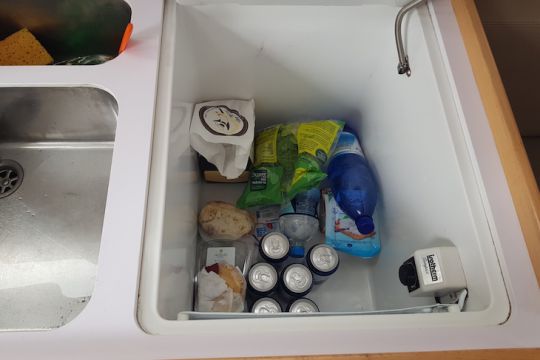
5 - Be careful with antifouling
Choose a hard matrix antifouling over an erodible one, as the latter releases its biocide into the ocean all the time.
6 - Nothing overboard!
Do not throw anything overboard. Before you leave, when refueling, throw away as much packaging as possible to be recycled. Remember to throw your cigarette butts in a trash can or in a pocket ashtray.
7 - Adopt the oars!
For your dinghy, choose oars. They will never break down and will not need servicing. The engine can fall into the water, risk being stolen and requires a gasoline tank on board, which is flammable and gives off a bad smell.
Choose a dinghy with an inflatable bottom, the oar will be much more efficient.
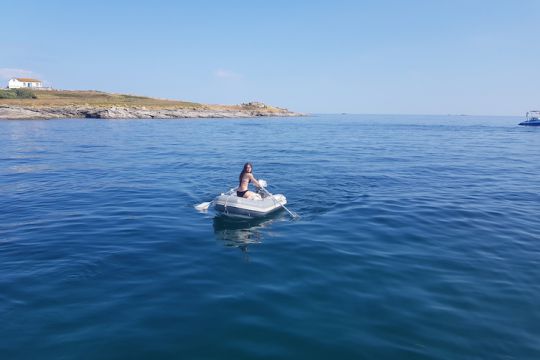
8 - Prefer LEDs
For the lighting, prefer LED lighting, a way to delay the recharging of the batteries to the engine, since they are saved.
9 - Black water tank and harbour toilets
When anchored, and especially in crowded places, use a black water container, for hygiene and sanitary reasons. Simply empty them afterwards either in the open sea or in ports equipped with the necessary infrastructures.
If you can, wait until you are on land to go to the toilet. For sanitary reasons, you should use the toilets at the harbour office rather than those on board when you are in port.
10 - Fill them up on land, rather than at sea
For the inhabitants of metropolitan islands - Houat, Hoëdic... for example - try not to consume the water and diesel of the island which are difficult to bring. It is expensive to bring these products to the islands, so think of filling up your tank beforehand.
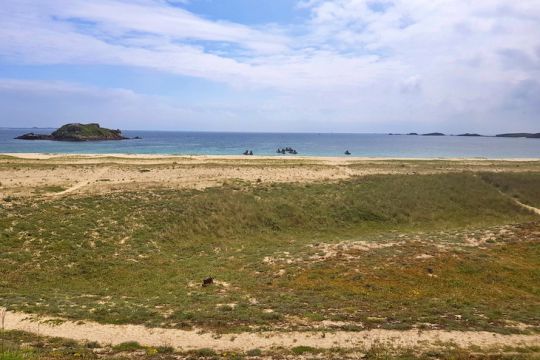
11 - If possible, choose a mooring
When anchoring, use mooring buoys instead of anchors, which can damage the soil. Especially in the south of France, where the posidonia meadows are in danger.
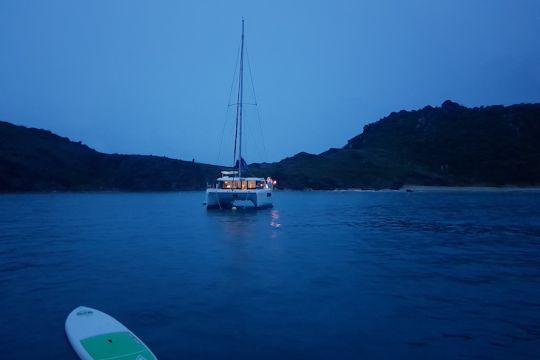
12 - Sail with thermal winds
In summer, take advantage of the thermal winds during the day and night to optimize your sailing.




